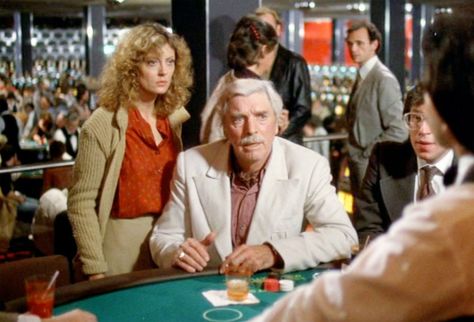By Dennis Hartley
(Originally posted on Digby’s Hullabaloo on August 20, 2022)

Touch of Evil (Kino)
Yes, this is Orson Welles’ classic 1958 sleaze-noir with that celebrated and oft-imitated tracking shot, Charlton Heston as a Mexican police detective, and Janet Leigh in various stages of undress. Welles casts himself as Hank Quinlan, a morally bankrupt police captain who lords over a corrupt border town. Quinlan is the most singularly grotesque character Welles ever created as an actor and one of the most offbeat heavies in film noir.
This is also one of the last great roles for Marlene Dietrich (“You should lay off those candy bars.”). The creepy and disturbing scene where Leigh is terrorized in an abandoned motel by a group of thugs led by a leather-jacketed Mercedes McCambridge presages David Lynch; there are numerous flourishes throughout that are light-years ahead of anything else going on in American cinema at the time. Welles famously despised the studio’s original 96-minute theatrical cut; there have been nearly half a dozen re-edited versions released since 1975.
I think I’ve quadruple-dipped by now on “definitive” editions of this film, but Kino’s 2022 reissue features the most crystalline transfer I’ve seen to date. The package includes new 4K restorations of the theatrical, preview, and “reconstructed” cuts (the latter re-edited as close as possible to Welles’ original vision, based on his notes and studio memorandums). Each version includes audio commentary by film historians (two are new; others are ported over from previous editions).








